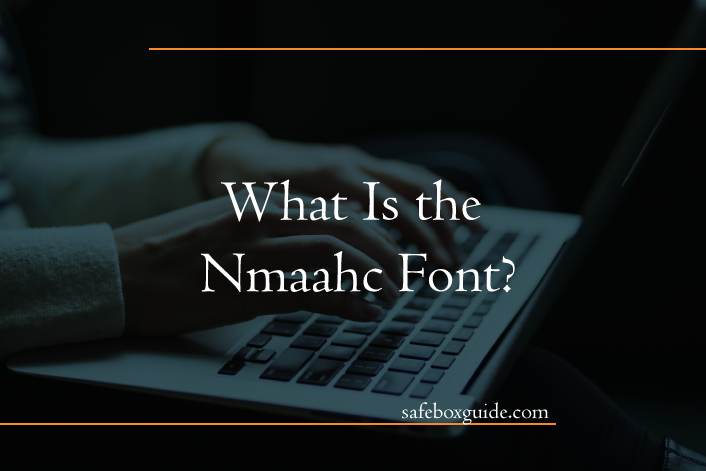The National Museum of African American History and Culture (NMAAHC) is an iconic institution in the United States dedicated to showcasing the history, culture, and contributions of African Americans. As part of its visual identity, the museum utilizes a distinctive font that represents its brand and reinforces its mission. In this article, we will explore the NMAAHC font, its design elements, and the significance it holds for the museum’s representation.

The NMAAHC Font: A Symbol of Identity
The NMAAHC font, also known as the “Sweet Home” font, was specifically created for the museum’s visual identity by acclaimed typographer, David Jonathan Ross. The font draws inspiration from historically African American lettering styles and embodies the spirit of resilience, creativity, and cultural heritage.
Design Elements of the NMAAHC Font
- Letterforms: The letterforms of the NMAAHC font feature a unique blend of angular shapes, curved strokes, and calligraphic influences. The characters have a distinct handcrafted appearance, reminiscent of traditional African American sign painting and typography.
- Artistic Flair: The NMAAHC font incorporates intricate details and decorative elements that add a sense of artistry and visual interest. These details pay homage to the creativity and craftsmanship found in African American artistic traditions.
- Authenticity and Accessibility: While the font embodies historical influences, it is designed to ensure legibility and readability across various mediums and sizes. It strikes a balance between honoring cultural heritage and meeting contemporary design standards. This makes it perfect for a logo design.
Significance of the NMAAHC Font
- Cultural Representation: The NMAAHC font plays a crucial role in visually representing the African American experience and cultural contributions. Its design draws inspiration from the rich visual traditions within African American communities, establishing a visual connection to their heritage.
- Historical Context: The NMAAHC font references historical lettering styles that were prevalent during significant periods of African American history, such as the Harlem Renaissance. By evoking these stylistic elements, the font pays tribute to the artistic achievements and cultural movements of the past.
- Empowerment and Identity: The NMAAHC font symbolizes empowerment and celebrates African American identity. It serves as a visual reminder of the resilience, creativity, and cultural diversity of the African American community, as well as the importance of preserving and sharing their stories.
- Brand Consistency: The NMAAHC font is an integral part of the museum’s brand identity. It ensures consistency across all museum materials, from signage and publications to digital platforms, creating a unified and recognizable visual presence for any digital marketing strategy.
The NMAAHC font, also known as the “Sweet Home” font, is a powerful representation of the National Museum of African American History and Culture’s brand identity. Designed by typographer David Jonathan Ross, the font draws inspiration from historically African American lettering styles, showcasing cultural heritage and artistic traditions. Through its unique design elements, the NMAAHC font conveys a sense of authenticity, accessibility, and empowerment.
As a symbol of identity, the NMAAHC font visually represents the African American experience, paying homage to historical contexts and celebrating the rich contributions of African Americans. Its usage across various platforms ensures brand consistency and reinforces the museum’s mission of sharing and preserving African American history and culture.
The NMAAHC font stands as a testament to the power of typography and design in capturing the essence of an institution and representing a community’s legacy. By embracing this font, the NMAAHC reinforces its commitment to cultural representation, historical significance, and the ongoing narrative of African American achievements.

